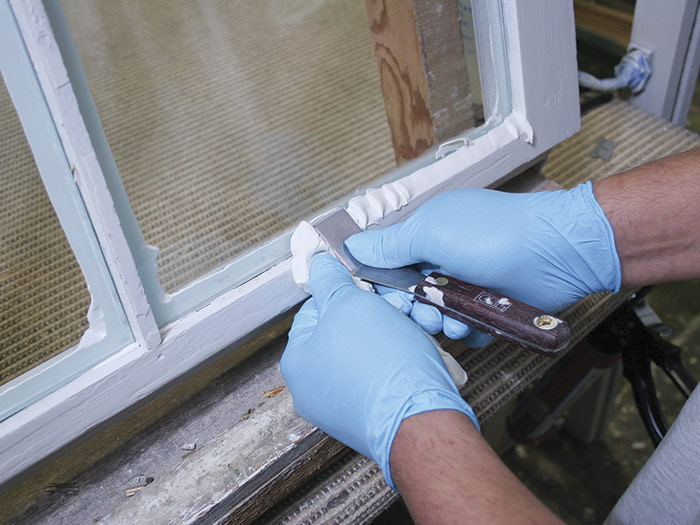One Glazing Success Story You'll Never Imagine

Understanding Glazing: Techniques, Benefits, and FAQs
Glazing is an essential aspect of both art and architecture that improves the aesthetic appeal and functionality of various surface areas. Mainly associated with pottery, ceramics, and building materials, glazing has actually progressed into a complex field that encompasses various methods and applications. This post intends to offer an extensive introduction of glazing, covering its common approaches, benefits, and answering often asked concerns.
What is Glazing?
Glazing describes the application of a transparent or semi-transparent coating to a surface area. This process serves both decorative and protective functions. In the context of ceramics, glazing involves applying a glass-like coating to pottery that not only improves its visual appeal with colors and textures but likewise makes it impenetrable, therefore improving its resilience.
In architectural contexts, glazing describes the installation of glass in windows, doors, roofs, and façades. The glazing procedure for structures not just serves visual purposes but likewise plays a considerable function in energy performance and insulation.
Common Techniques of Glazing
There are numerous glazing strategies, each suited for different applications. Below are some widely used techniques:
1. Ceramic Glazing Techniques
- Clear Glaze: A transparent coat that improves the natural color and texture of the clay body. It offers a glossy finish.
- Opaque Glaze: A non-transparent coat that can conceal the underlying clay body. It is usually lively and colorful.
- Under-glaze: Color or design is used to the pottery before the clear glaze is included, enabling detailed design that doesn't misshape under the glaze.
- Over-glaze: Decoration used on top of a glazed surface area, typically requiring extra firing to set the style.
2. Architectural Glazing Techniques
- Single Glazing: A single layer of glass in a frame, typically used in older structures. It is less energy-efficient but can be cost-efficient.
- Double Glazing: Consists of two layers of glass with a layer of air or gas in between for insulation. It is extremely energy-efficient and lowers noise.
- Triple Glazing: Like double glazing however with 3 layers of glass, offering superior insulation in extreme environments.
- Low-E Glass: Glass treated with an unique finish to reflect infrared light, keeping homes warmer in winter season and cooler in summertime.
Benefits of Glazing
Glazing offers several benefits that improve both creative and practical elements of numerous applications. Below is a detailed introduction of these benefits:
A. In Ceramics and Pottery
- Visual Appeal: Glazes can introduce a broad range of colors, patterns, and ends up that boost the visual appeal of ceramic items.
- Toughness: The glassy surface area developed by glazing makes pottery more resistant to chipping, scratching, and staining.
- Water Resistance: Glazed ceramics are resistant to liquids, making them suitable for practical products like dinnerware and bathroom components.
- Food Safety: Many glazes are created to be safe for food usage, offering a sanitary surface for dining.
B. In Architecture
- Energy Efficiency: Glazing technologies such as double or triple glazing substantially enhance insulation, reducing energy expenses for heating & cooling.
- Natural Lighting: Extensive glazing in architectural style welcomes more natural light into structures, enhancing interiors and lowering reliance on artificial lighting.
- Sound Insulation: Quality glazing can assist buffer noise, creating a quieter indoor environment.
- Security: Modern glazing methods can integrate safety features, such as laminated or tempered glass, which offers increased defense versus invasions and accidents.
Comparison of Glazing Techniques
| Method Type | Key Characteristics | Common Use Cases | Energy Efficiency |
|---|---|---|---|
| Clear Glaze | Transparent, shiny surface | Ornamental pottery | Low |
| Opaque Glaze | Non-transparent, vibrant colors | Functional ceramics | Low |
| Double Glazing | 2 layers of glass | Windows in residential | High |
| Low-E Glass | Reflective finishing for solar control | Commercial buildings | Really High |
FAQs about Glazing
1. Is all glazing food-safe?
Not all glazing is food-safe. It is vital to make sure that ceramics meant for dining bear labeling for food security and are created appropriately.
2. What is the difference between under-glaze and over-glaze?
Under-glaze is applied before the clear glaze and ends up being an irreversible part of the surface area after shooting. Over-glaze is included after the initial glaze and often requires a second firing.
3. How long does glazing last?
In pottery, glazing can last forever if it is appropriately cared for. In architecture, the life expectancy of glazing depends upon the materials used and the ecological conditions but can normally range from 10 to 30 years.
4. Can Glass Window Repair glaze my ceramics in your home?
Yes, several home glazing sets are readily available for ceramics lovers. However, finding out the correct methods and precaution is important to effective glazing.
5. How can I maintain glazed surfaces?
For ceramics, prevent severe abrasives and chemicals-- moderate soap and water normally suffice. For architectural glazing, routine cleaning with appropriate glass cleaners is advised.
Glazing stays an integral aspect of both the artistic and architectural worlds. Whether improving the beauty of a ceramic piece or enhancing energy efficiency in buildings, the application methods and advantages of glazing are large. By understanding the various approaches and their uses, individuals can make informed options in both developing art and creating functional areas. As technology continues to advance, the future of glazing holds a lot more prospective for innovation and imagination.

